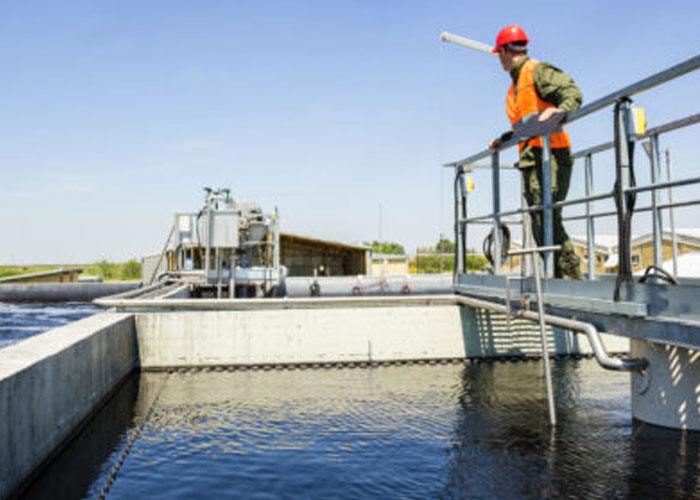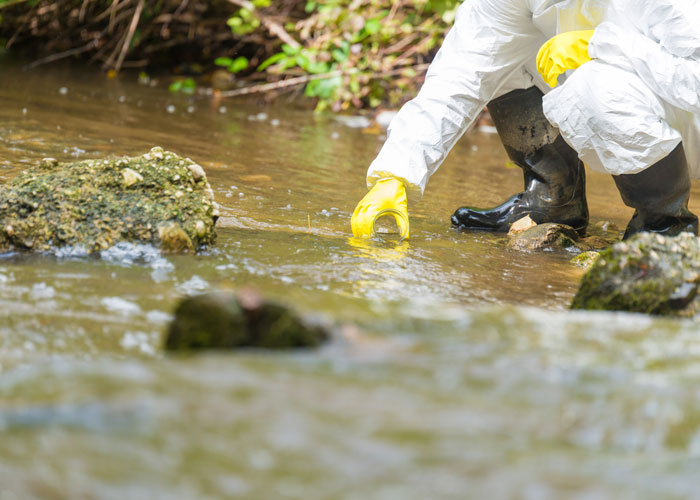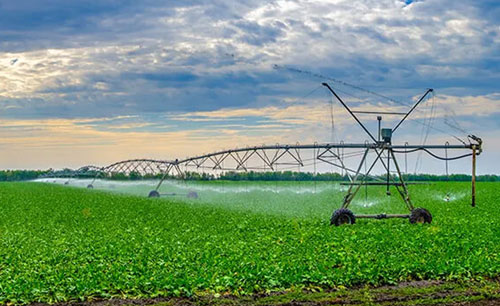When presenting virtual water measurements, the user should be aware of the basis of measurement. For example, a product's water content should be represented in terms of l kg-1. On the other hand, a crop's water content should be expressed in terms of m3 ha-1. This measurement also applies to the total volume of water consumed yearly per person or by-product. For example, wheat can be processed into flour or dunt. The same goes for cream of wheat, bran, and germ oil.
Depending on the location of your home, you might have to purchase an STP to handle your sewage. Generally, residential buildings need at least one STP to treat sewage. Many STPs are located underground, making them difficult to maintain. Moreover, you may not be able to inspect them without hiring an expert. It is better to consult a professional if you have any doubts about the process.
Product production
The concept of virtual water for product production can be applied to produce goods that contain specific nutritional value. This concept can also be applied to produce seafood, which requires no sweet water to be produced. Although there is a substantial body of information regarding the amount of virtual water used in the production of agricultural produce, there is no comparable data regarding the amount of water used in processing. To address this issue, this paper presents a method for quantifying the water used during the manufacturing process of seafood, including its virtual water content.
This technology is based on the principle of trading in virtual water, which refers to the water embedded in food products. By providing this information, water-scarce countries can import high-water-consuming products and sell low-water-consuming products to countries with abundant water supplies. Currently, the amount of virtual water embedded in one litre of milk is equal to about 1000 liters, while that of a kilogram of beef is around 15500 m3.
Methodology

A methodology of virtual water valuation should start with a base-level reference. For example, a product's volume of water per unit mass is l kg-1. The quantity of water used per crop area is m3 ha-1. For a human being, the equivalent quantity of water consumed per year is m3 cap-1. For food, wheat is processed into flour and dunt. The wheat and germ oil cream is equivalent to the bran and germ.

The virtual water volume per unit weight of a product is an excellent metric for determining the most environmentally-friendly processes. In addition, this metric is particularly useful in assessing the water consumption of agricultural and livestock products. Mekonnen and Hoekstra compared the WF of different agricultural and livestock products. Chocolate has a VWC of 17,196 m3/ton. This value is comparable to that of the US-produced durum wheat pasta.
Misleading concept
The concept of virtual water is based on the fact that the production of imported food requires large quantities of water. This is problematic because many arid countries import huge amounts of food and commodities to ensure food security. Importers have no reason to consider how much water is used to produce these commodities. This misleading concept should not be used to design alternative trading patterns.
One reason for this is that global data for VW is often of poor spatial resolution, making detailed analysis impossible. Therefore, researchers need to study specific crops to understand the virtual water they use. This requires careful data disaggregation to determine which products use scarce virtual water. In addition, researchers must be able to calculate the water used in a specific region. This is critical in the context of climate change. Virtual water can be misleading when applied to energy production and the consumption of other inputs.
Impact on trade
The 'aware' consumer wants sustainable products and companies. But the water footprint of these companies is not uniform; it differs widely from region to region. In the case of Asia, the sharp increase in virtual water imports is associated with the increase in soy imports after China changed its domestic policy in 2000. To avoid water shortages in the future, the global soy market needs to save water in other regions. This requires increasing soy production in Brazil, which contributes to the Amazon rainforest's deforestation.
Using data on virtual water can provide an alternative to inter-basin water transfers. China has proposed several water transfer schemes from North to South. China also intends to use virtual water trade as an environmentally-friendly and sustainable alternative to these schemes. While China has yet to implement the schemes, the concept of virtual water can influence agricultural policies and the management of international river basins in the future. Further, it can also impact trade and economic development in the South African region.
Implications for policy
While virtual water studies are often used to help combat water shortages, these strategies can also alleviate regional water stress. However, these issues may be more appropriately addressed at a national or regional level. For this reason, future virtual water studies should focus on national and local levels. Here are a few examples of how virtual water can be used in policy:
Many studies on virtual water have been conducted outside of water-scarce countries, which may hinder their application in policy-making. Furthermore, much of the research has focused on international food trade, which may not be the most relevant issue in a water-scarce region. Further, the conceptual basis of virtual water has been controversial, and the methodologies used to conduct the studies are sometimes crude. The underlying database may also compromise the robustness of the results. Moreover, future virtual water studies should include links with national water resources management.







































Share Post